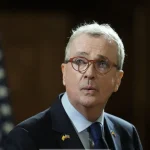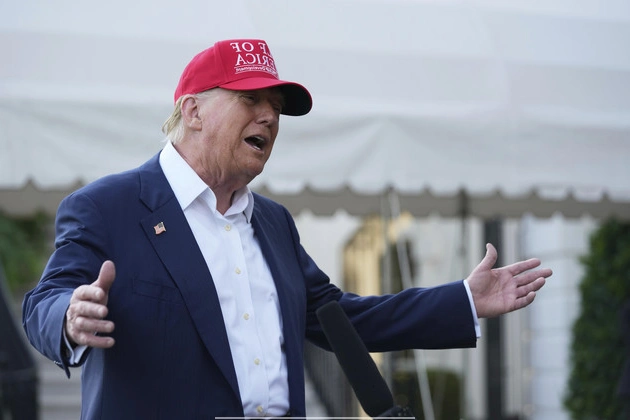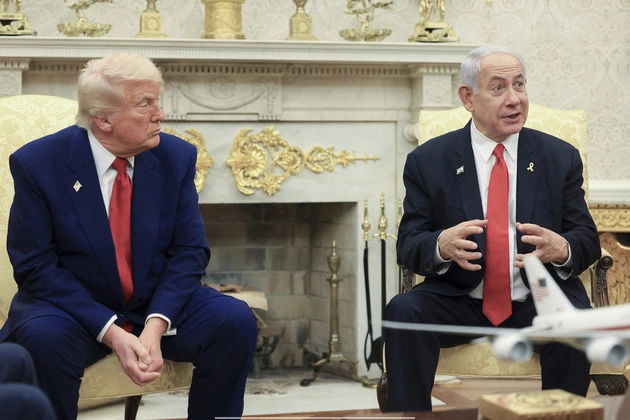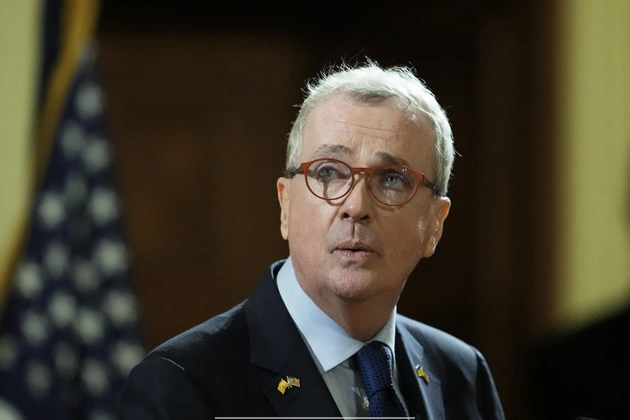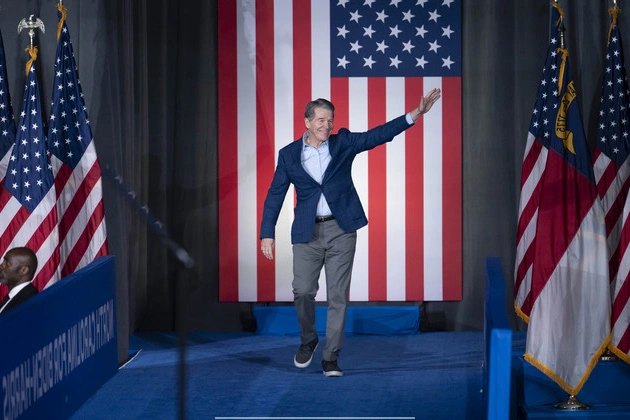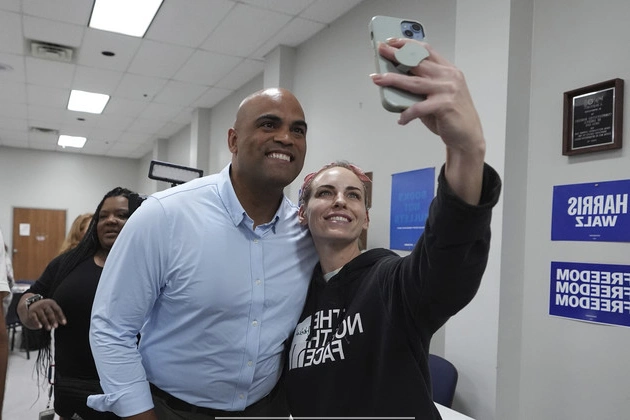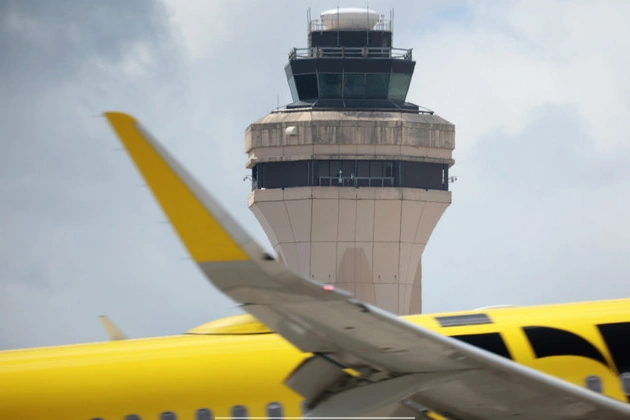
President Donald Trump announced his decision to appoint airline CEO Bryan Bedford as the new head of the Federal Aviation Administration (FAA) following a recent fatal U.S. airline crash, marking a critical turning point for the agency.
If confirmed, Bedford, a veteran with over 30 years of experience in the airline industry and currently serving as the CEO of Republic Airways, will face a series of significant challenges. These include the urgent need to increase the number of air traffic controllers, modernize outdated facilities, and address the aftermath of a tragic midair collision that claimed 67 lives last month.
Challenges Ahead for Bedford
Leading the FAA during these tumultuous times will require Bedford to navigate a complex landscape, all while operating under an administration keen on reducing the federal workforce substantially. Trump expressed confidence in Bedford’s abilities, citing his extensive experience in aviation and executive leadership.
One of the pressing issues confronting Bedford will be the task of overseeing a major overhaul within the agency. This includes the recent dismissal of nearly 400 probationary employees, part of the administration’s broader initiative to streamline operations. Despite initial layoffs, a portion of these employees may be reinstated following legal interventions.
Concerns loom over potential future layoffs as the White House pushes for further reductions across various federal departments. While assurances have been made that safety-critical personnel will be spared, layoffs in the FAA have already impacted support staff for air traffic controllers and other essential roles.
Nomination Controversy and Senate Scrutiny
Bedford’s nomination has sparked debates on Capitol Hill, particularly regarding his stance on pilot training regulations. Senate Democrats are expected to scrutinize his past advocacy for exemptions to stringent flight hour requirements, a move that garnered criticism from regulatory advocates.
In 2022, Bedford’s former airline, Republic Airways, sought leniency in FAA regulations mandating 1,500 flight hours for commercial pilots. The FAA rejected the proposal, citing concerns over safety implications and dismissing claims of a pilot shortage crisis.
Despite these controversies, Bedford’s supporters highlight his deep-rooted commitment to aviation safety and industry progression. His background as a private pilot further underscores his firsthand understanding of aviation operations.
Future Prospects and Industry Dynamics
As Bedford assumes leadership at the FAA, the aviation community anticipates significant policy shifts and regulatory updates. His tenure is poised to shape the future of aviation safety standards and operational practices, influencing a broad spectrum of industry stakeholders.
While challenges lie ahead, Bedford’s appointment signifies a pivotal moment for the FAA, signaling a strategic shift towards bolstering safety protocols and enhancing regulatory compliance within the aviation sector.


